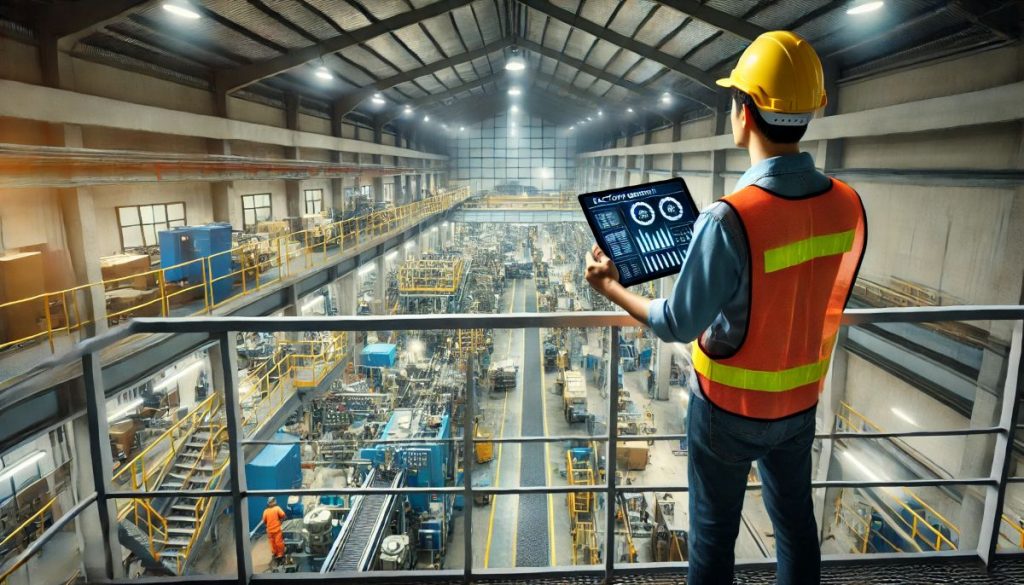Warehouse automation orders dropped by 3% in 2024 due to economic and political pressures, but the sector is expected to rebound in the coming years. While some industries pulled back on investments, food & beverage and durable manufacturing continued to expand automation adoption.
Market Headwinds Slow Automation Investments
Warehouse automation projects saw a downturn in 2024, reflecting the broader economic challenges that weighed on capital-intensive investments. Persistently high interest rates, political uncertainty surrounding global elections, and the long tail of pandemic-era warehouse overexpansion contributed to a 3% decline in automation orders, according to market research firm Interact Analysis.
While automation remains a long-term priority for logistics and distribution centers, macroeconomic instability has disrupted purchasing cycles. The Chinese real estate crisis and shifting global trade dynamics have added further unpredictability, slowing decision-making among warehouse operators looking to invest in automation technologies.
Another emerging factor shaping the market is increasing competition from Chinese vendors. Lower-cost solutions are placing downward pressure on automation pricing, a trend expected to persist through the remainder of the decade. This is likely to slow revenue growth across the sector, forcing established automation providers to differentiate through technology, integration capabilities, and service offerings.
Signs of a Recovery and Strong Pockets of Growth
Despite the decline in 2024, analysts predict a recovery beginning in 2025, with a return to pre-pandemic growth rates by 2026. Over the long term, warehouse automation remains on an upward trajectory, with projections estimating an 8% compound annual growth rate (CAGR) between 2024 and 2030.
While many sectors delayed automation investments last year, certain industries bucked the trend. The food & beverage sector saw sustained demand for warehouse automation, particularly in cold-chain logistics and large-scale projects from consumer-packaged goods (CPG) manufacturers. Durable manufacturing also maintained automation spending, registering an 11% increase in investment over the past two years, while food & beverage automation revenues grew by 10% over the same period.
These industries have remained resilient due to their reliance on efficiency-driven supply chains and the growing need for automation in temperature-controlled logistics. As global supply chains continue to evolve, these segments are likely to lead the next phase of automation expansion.
What Comes Next for Warehouse Automation?
The 2024 slowdown underscores the impact of broader economic conditions on supply chain investment, but warehouse automation is far from a fading trend. As interest rates stabilize and businesses regain confidence in long-term capital projects, demand for automated solutions is expected to accelerate. However, the competitive landscape is shifting, and established automation providers must adapt to pricing pressures from Chinese competitors and the evolving needs of industries prioritizing efficiency over scale.
For business leaders, the challenge will be navigating this uncertain transition while positioning for the next wave of growth. Companies that strategically invest in automation now—focusing on scalable, adaptable technologies—will likely be best positioned when the sector regains momentum.




